Hyundai Accent: Interior Trim / Rear Package Tray Trim
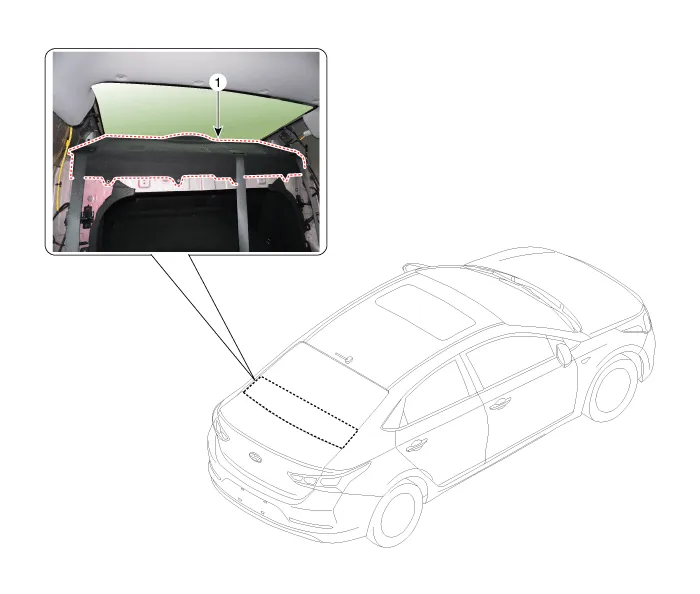
1. Package tray trim

• Put on gloves to prevent hand injuries.

• When removing with a flat - tip screwdriver or remover, wrap protective tape around the tools to prevent damage to components.
• Use a plastic panel removal tool to remove interior trim pieces without marring the surface.
• Take care not to bend or scratch the trim and panels.
1.Remove the rear seat cushion assembly.(Refer to Rear Seat - "Rear Seat Assembly")
2.Remove the rear seat back assembly.(Refer to Rear Seat - "Rear Seat Assembly")
3.Slighty remove the rear door weatherstrip.
4.Remove the rear door scuff trim.(Refer to Interior Trim - "Door Scuff Trim")
5.Remove the rear pillar trim.(Refer to Interior Trim - "Rear Wheel House Trim")
6.Loosen the clips and screws, remove the luggage partition center trim (A).
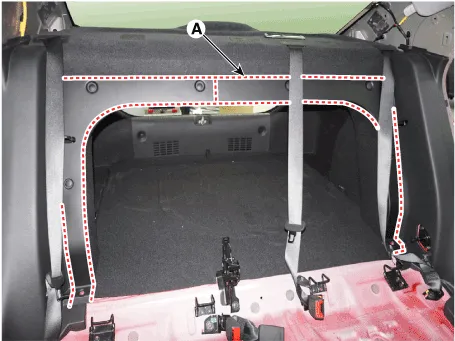
7.Using a screwdriver or remover, remove the rear wheel house trim (A).
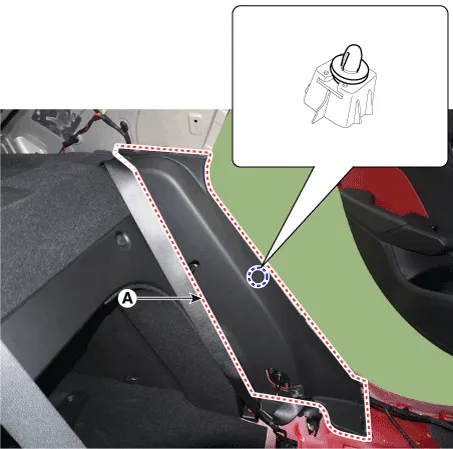
8.After loosening the mounting bolt, remove the rear seat belt lower anchor (A).
Tightening torque :39.2 - 53.9 N.m (4.0 - 5.5 kgf.m, 28.8 - 39.8 lb-ft)
[Side]
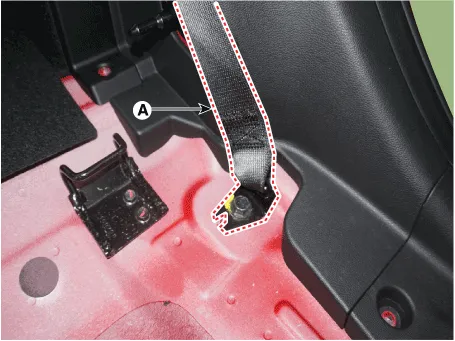
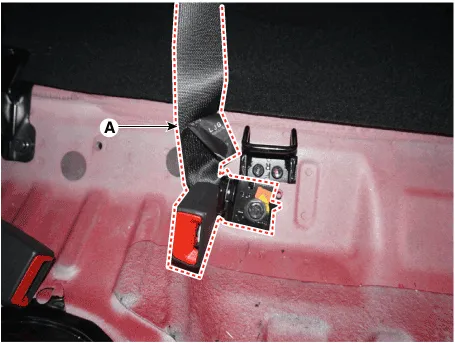
9.Using a screwdriver or remover, remove the center seat belt cover (A).
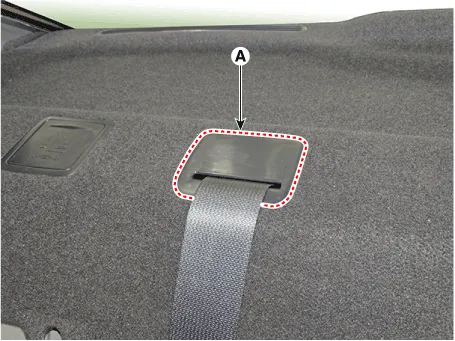
10.Using a screwdriver or remover, remove the package tray trim (A).
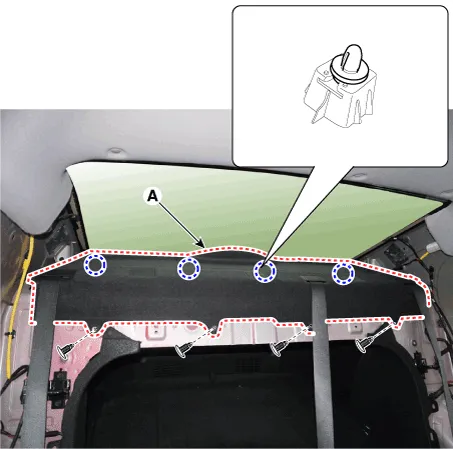
11.Disconnect the connector (A).
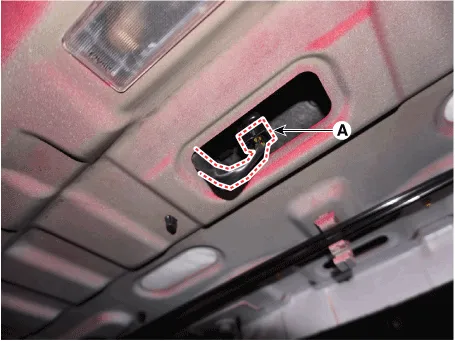
12.To install, reverse the removal procedure.

• Replace any damaged clips (or pin - type retainers).
Other information:
Hyundai Accent (HC) (2017 - 2022) Service Manual: Injector
- Description A DPI (Dual Point Injection) system means a system with two injectors in one cylinder (intake port) and has a total of eight injectors.The injector is an electronically controlled fuel injector, a solenoid valve that supplies precisely calculated fuel to the engine in spray form for the optimal combustion. This helps satisfy various engine operating conditions.Hyundai Accent (HC) (2017 - 2022) Service Manual: Variable Force Solenoid (VFS)
- Description CVVT (Continuous Variable Valve Timing) system advances or retards the valve opening and closing timing of the intake or the exhaust valve in accordance with the ECM control, calculated by the engine speed and the load. The CVVT control causes a valve over-lap or under-lap between the intake valve and the exhaust valve. This improves fuel efficiency, reduces exhaust gases (NOx, HC) and enhances the engine performance, thanks to reduced pumping loss, internal EGR (Exhaust Gas Recirculation) release, improved combustion stability, and increased volumetric efficiency.
Categories
- Manuals Home
- Hyundai Accent Owners Manual
- Hyundai Accent Service Manual
- New on site
- Most important about car


